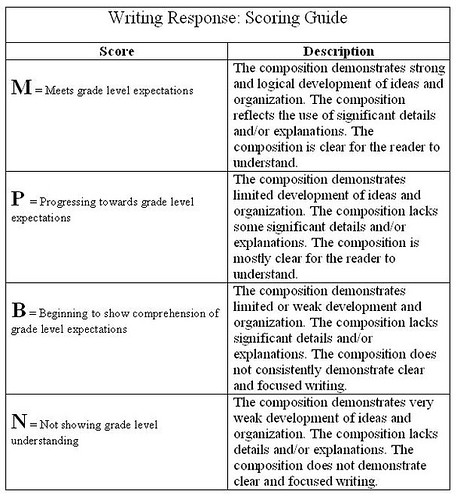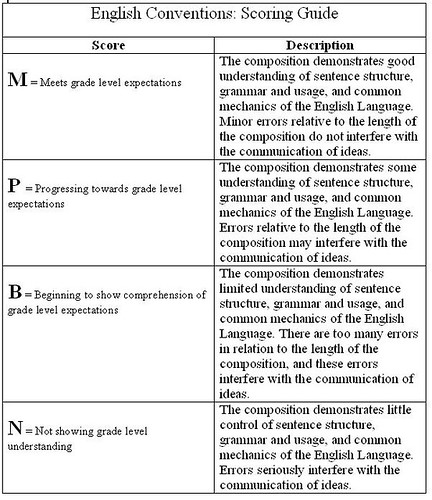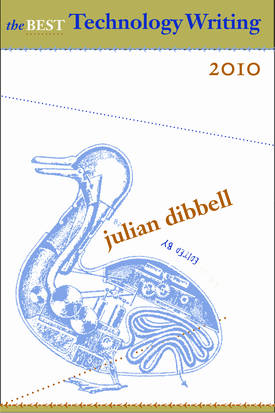
On Thursday, we filmed all of our puppet shows (except for one, which is being done by two sisters in two different classes). The snow days and ice delays meant that we will not be performing the plays lives in front of an audience this year. That was a difficult decision I had to make, but we are far behind in our curriculum and I need to be done with puppetry and script writing and collaborative work around puppets.
Our snow day yesterday gave me a chance to take the raw videos and get them ready for posting to our Puppet Website. It takes a long time to deal with video, which is something I already knew but … phew. When you are dealing with more than 20 puppet shows, each of which has to be formatted for the web as its own video — it’s time-consuming.
First, I had to stream the raw footage off the video camera. From past experiences, I find it easier to do each show individually (as opposed to downloading the entire class). This allows me to do some initial labeling and organizing (organization is the key to this project).
I used my PC but I would like to shift to my Mac. The problem is that the Mac I have for the classroom does not have a Firewire jack (what is up with that? I thought that was pretty much standard these days) and the last thing I need is another hurdle of technology. So, I turned to my PC laptop and used Moviemaker for the streaming to my computer. Since the initial video is downloaded as high quality, it takes up a lot of space. I use a portable hard drive for this work, since my PC is sort of old and has space limitation.
This means that I have to keep a watchful eye on the streaming, stopping after each play. My 6 year old son had a good time, watching the plays on the little video screen, laughing at the puppets and the antics.
Second, I used MovieMaker to add a title and do some adjusting of the volume — trying to give a boost here and there to the plays where kids did not quite perform as loud as they should have, even though we talked and talked about the use of voice for performance. The problem is that our puppet theater — hand carved by students about 10 years ago — is wood and their voices bounced back to them, giving the impression of loudness.
Third, I had to make each show into a video with Moviemaker. I use a relatively low quality output, so that they are web-ready for online viewing. (I set it at the Video for Local Playback/2.1 Mbps). I would go lower but I worry about the quality. This takes some time because each video needs to get created individually and you can only run at a time. I’d go off to do other things, and see how things were faring from time to time.
Finally, once all the videos are made, I shift to Vimeo, where I host all of my videos and begin the process of uploading. I used the desktop Vimeo uploader but it crashed on me towards the start of the process and I could not get it working right. So, I did it manually at the Vimeo site, which takes more time. Once the videos were up, I sorted them into folders according to my four ELA classes, adjusted the sharing embedding code, and chose thumbnails for each video.
I’m not done yet! Now, I need to replace all of last year’s puppet shows at our website with this year’s puppet shows, and the other day, a friend pointed out that Vimeo is not playing so nice with WordPress (or vice versa), and the videos are spilling out over the sides of the WordPress post space. My next step is to figure that out, and if it doesn’t work, create another web space for the puppet shows.
Early next week, I will share out some of the puppet play videos. I need to do some grading on the projects, too. At this point, though, I have seen all of the plays enough times, in enough formats, to know them pretty well.
Oh, and in between all of that video work, I went sledding, helped to shovel the driveway, read books and more books to my son, got myself and my sons a haircut, and more. I was not glued to my screen on a winter day, but it did capture a fair share of my attention from time to time. I do it because I know my students and their families will appreciate it.
Peace (in the puppets),
Kevin













